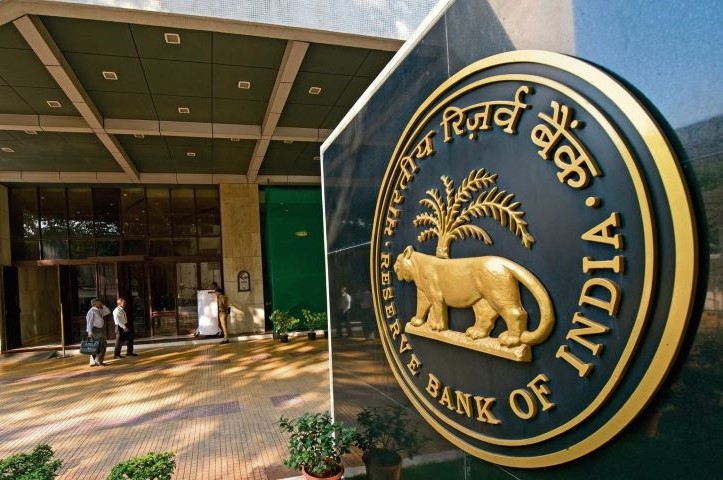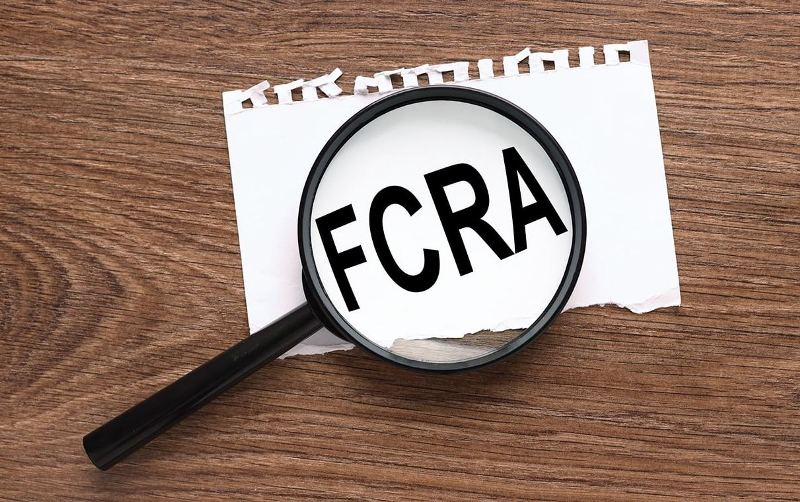New Delhi, February 7, 2023: In sync with its commitment towards becoming carbon neutral by 2070, India has been taking various initiatives with latest one being the auction of the green bonds by the Reserve Bank of India (RBI). Recently, the RBI has issued its maiden sovereign green bonds with the purpose of transitioning into cleaner energy at affordable price.
The bonds observed a positive response from the investors (primarily banks) with oversubscription. The RBI sold Rs 8,000 crore of securities that includes Rs 4,000 crore of 10-year and 5-year green bonds. For the 10-year green bond (New GOI SGrB 2028), the RBI recorded 170 bids worth Rs 19,367 crore which is almost five times the notified amount of Rs 4,000 crore. Out of these 170 bids, the RBI has accepted 57 bids worth Rs 3,948.646 crore.
For the 5-year bond, the RBI has received 96 competitive bids worth Rs 13,525 crore. However, only 32 bids worth Rs 3,993.124 crore were accepted.
The 10-year green bond was priced at a cut off yield of 7.29 percent which is six basis points lower than similar maturity sovereign debt, while the 5-year green bond was auctioned at a coupon of 7.10 percent which was five basis points lower than similar maturity sovereign debt.
The lower borrowing cost and the yield differential versus conventional bonds shows investors’ interest in financing green, clean and environment-friendly projects which further gives a push to the nation’s aim of becoming carbon-neutral by 2070.
Experts are of the opinion that the lower yield of the green bonds is encouraging and if the government can raise funds from green bonds, it could reduce the supply of non-green bonds. This would lower the overall yields.
In order to meet its clean energy targets, and to gradually do away with the usage of fossil fuels, and coal that runs most of the electricity plants, India need an investment of $ 12.5 trillion by 2050, as per Bloomberg NEF report.
The proceeds from the auction of these green bonds will be utilized in financing green and clean projects, energy efficiency, clean transportation, climate change adaption, etc.
India will conduct a sovereign bond auction of Rs 16,000 crore in the current fiscal and the recent Rs 8,000 auction is a part of that. RBI will conduct the next auction of green bonds on February 9.
Understanding Green Bonds
These are the kind of bonds that are issues by an inter-governmental group or alliances, any sovereign entity, corporates with an aim to raise money for climate and environmental projects. In other words, green bonds are fixed-income instruments that are earmarked for raising funds to be utilized in environmentally sustainable projects.
Importance of Green Bonds
As a society we are dealing with existential crisis. Wildfires, floods, climate change, global warming, rapidly melting glaciers, species of insects and birds becoming extinct, rising sea levels are all proofs and outcome of the harm human beings have done to the environment. Furthermore, climate change threatens societies, communities and economies. Even agriculture, water supply and food are at risk.
Now to mitigate the effect of this damage to the environment and to deal with the threat of the climate change and related issues, a lot of funds are needed. This is where green bonds act as a connector between the sustainable or environmental projects and the capital market and investors. Thus, raising capital for the promotion and utilization of environmentally sustainable projects.
Benefits of green bonds for investors
Green bonds are safe and secure and are a platform for investors to engage in good practices. This further influences the business strategy of the bond issuers. In other words, green bonds act as a means to safeguard against the risks of climate change and offer at least stable returns on their investments if not better. Thus, the issuance and growth of green bonds is also a way to discourage high carbon-emitting projects or projects that damage the environment.
Also read:
Sustainable environment: How is India responding?
Literacy India & Dell Technologies transforms lives of 9000 youth under ‘Future Skills Project’
HCL Group announces USD 1.9 million for 10 entrepreneurs including India’s Indra Water to tackle global freshwater crisis
Micro credit for street vendors to receive boost with help of digital technologies















.jpg)




